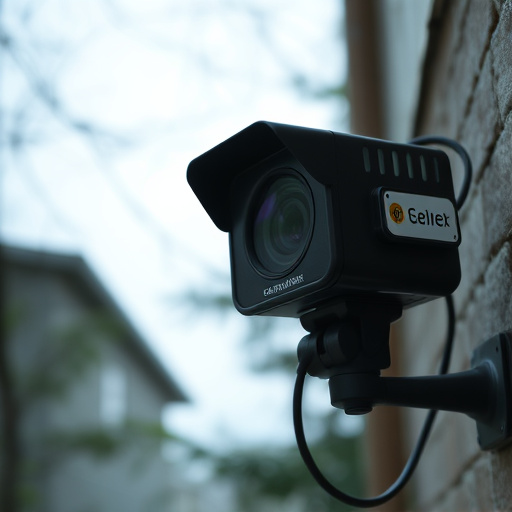Micro cameras provide a powerful tool for Micro Cameras for Child Protection, offering discreet surveillance in homes and educational institutions. Strategically placed, they capture interactions without drawing attention, using adhesive-backed mini cameras hidden behind objects or walls. Discreet audio recorders also enhance vigilance. However, striking a balance between safety and ethics is crucial; privacy concerns must be managed through transparent communication, strict data handling guidelines, and limited use focused on harm prevention rather than capturing sensitive moments without consent.
“Unveiling the power of micro cameras for child safety, this comprehensive guide explores a strategic placement approach. As technology advances, tiny yet powerful recording devices offer unique solutions for protecting our young ones. We delve into the art of discreetly integrating these tools in various settings, from homes to schools.
Learn about legal considerations and ethical practices surrounding their use while ensuring child privacy. This article is your go-to resource for understanding micro cameras as a vital tool in safeguarding children.”
- Understanding Micro Cameras for Child Safety and Their Legal Implications
- Strategies for Discreetly Placing Recording Equipment in Various Settings
- Best Practices and Ethical Considerations for Using Hidden Cameras to Protect Children
Understanding Micro Cameras for Child Safety and Their Legal Implications
Micro cameras, often disguised as everyday items, have emerged as powerful tools for child safety. These tiny devices can be strategically placed to monitor and ensure children’s well-being in various settings, from homes to schools. Their discreet nature allows parents and caregivers to gain valuable insights into a child’s environment without drawing undue attention, providing an extra layer of protection.
However, it is essential to be aware of the legal implications surrounding their use. Many regions have strict regulations on hidden cameras, particularly in private spaces. Using micro cameras for child safety must adhere to local privacy laws and ethical guidelines. Understanding these legal boundaries ensures that while leveraging technology for protection, one remains within a moral and lawful framework, safeguarding both the child’s privacy and the rights of all involved.
Strategies for Discreetly Placing Recording Equipment in Various Settings
Placing recording equipment discreetly is an art, especially when the goal is child protection using micro cameras. In homes, strategically positioning small, undetectable cameras in common areas like playrooms or bedrooms can offer valuable insights while maintaining privacy. For instance, adhesive-backed mini cameras can be stuck behind pictures or on walls, remaining hidden yet highly effective.
In schools or daycare centers, these micro cameras for child protection might find their place in corners of classrooms or on teacher’s person, capturing interactions and ensuring safety. Discreet audio recorders can also be left within reach during group activities, offering a layer of vigilance without drawing attention. The key is to blend the equipment into the environment while maintaining ethical considerations to respect privacy whenever possible.
Best Practices and Ethical Considerations for Using Hidden Cameras to Protect Children
When considering the deployment of micro cameras for child protection, it’s essential to balance safety needs with ethical considerations. The use of hidden cameras in schools, daycares, and other settings where children gather can significantly enhance the ability to monitor and safeguard their well-being, especially from potential abuse or harm. However, this practice raises serious privacy concerns that must be addressed.
Best practices dictate clear communication and transparency about the camera’s presence. Parents, guardians, and caregivers should be informed of the surveillance system in place, understanding its purpose and scope. Additionally, strict guidelines on data storage, access, and usage are crucial to protect the privacy and confidentiality of all individuals involved. Ethical deployment involves ensuring that the cameras are only used where necessary, with a focus on preventing harm rather than capturing sensitive personal moments without consent.
Micro cameras for child protection offer a powerful tool for safeguarding our youngest members of society, but their use comes with significant legal and ethical considerations. By understanding the technology, employing discreet placement strategies, and adhering to best practices, parents and caregivers can effectively protect children without infringing on privacy rights. Balancing safety and privacy demands a thoughtful approach, emphasizing responsible usage and open dialogue about hidden camera ethics.
